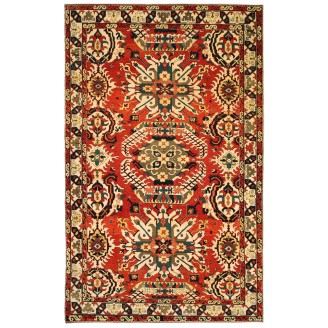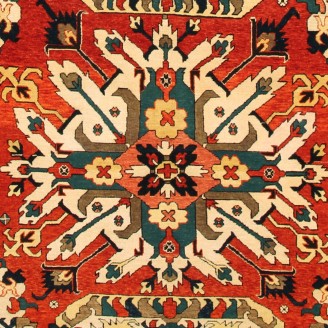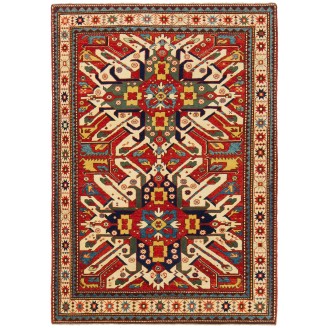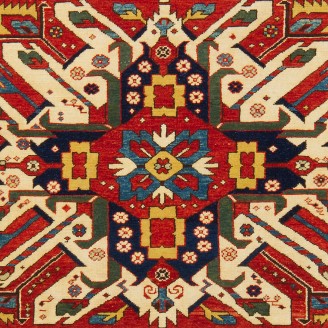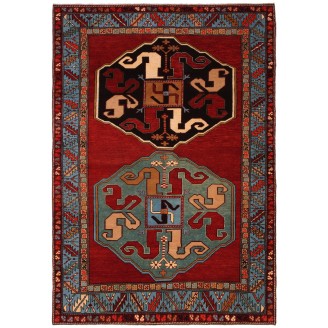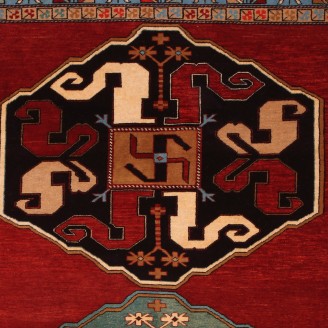Chelaberd Karabakh Rug
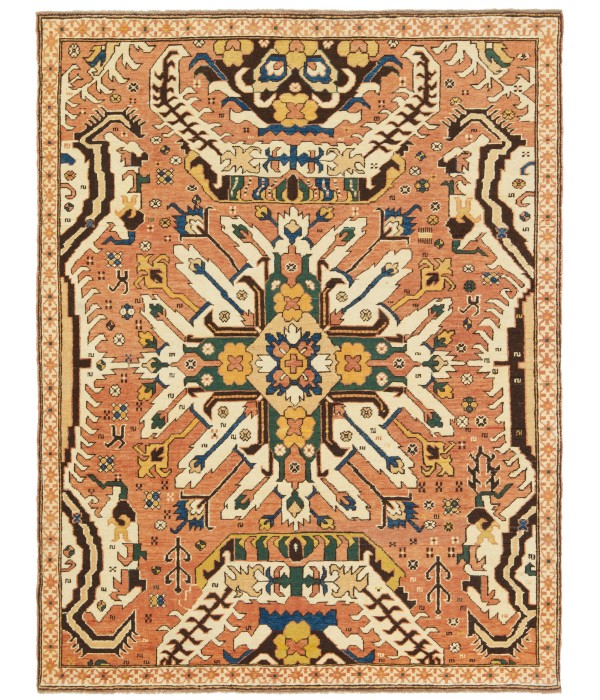
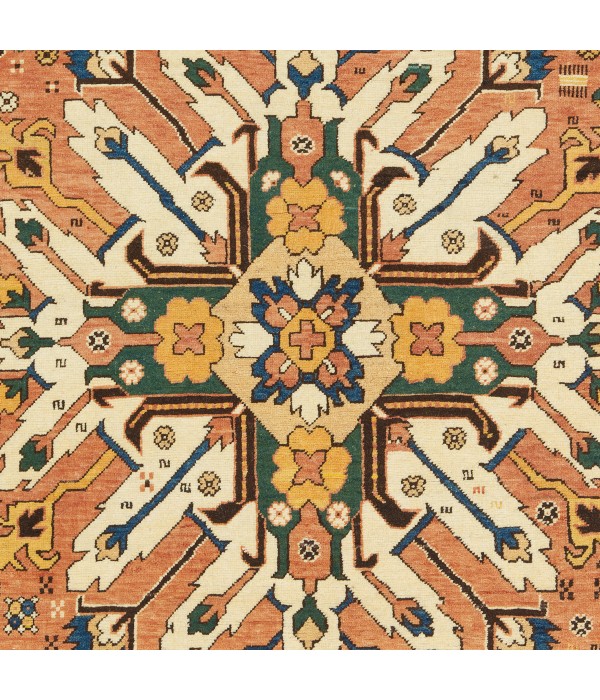
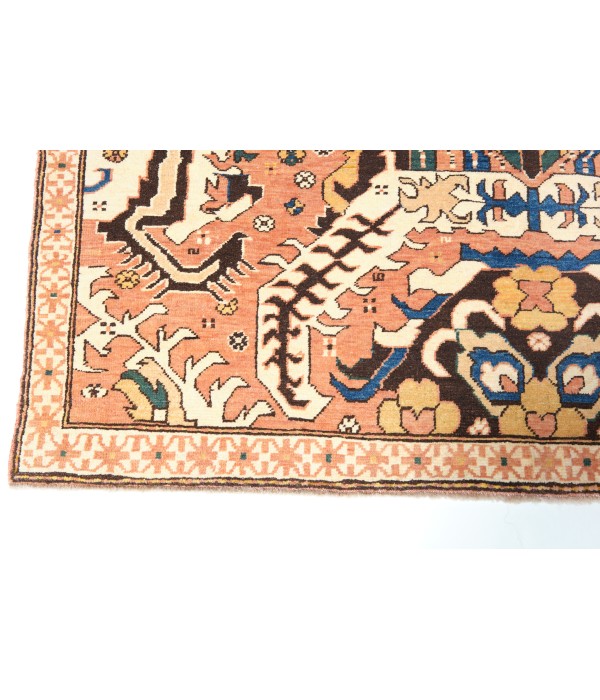
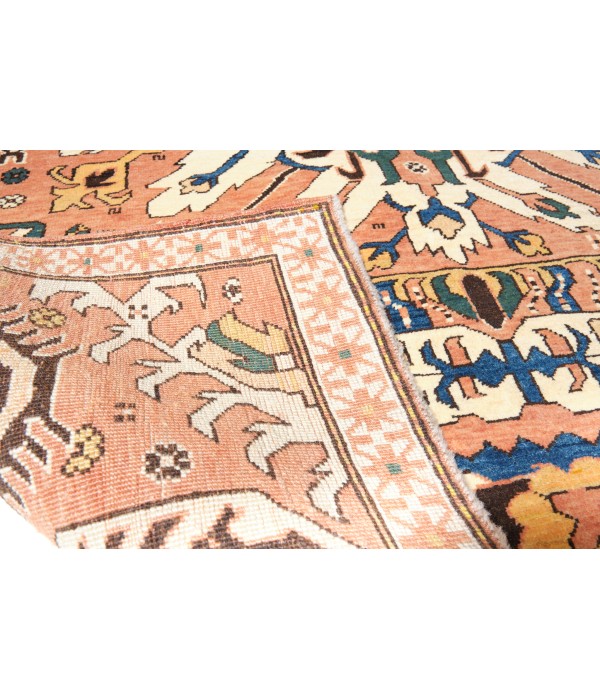
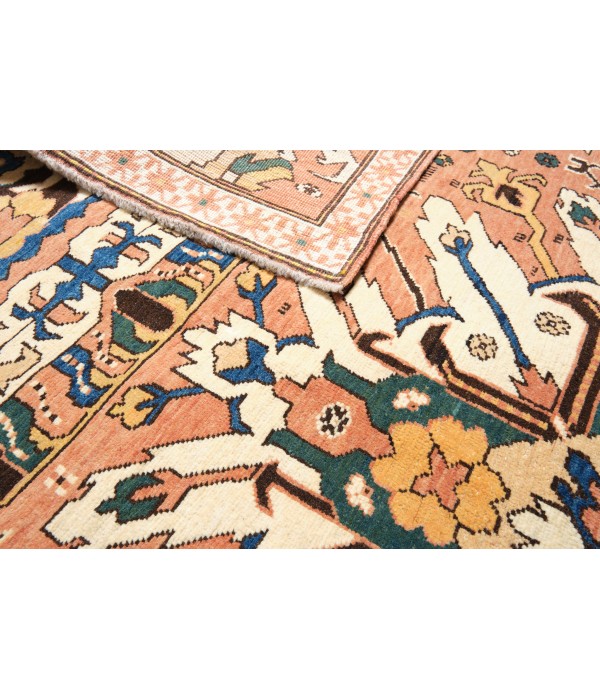
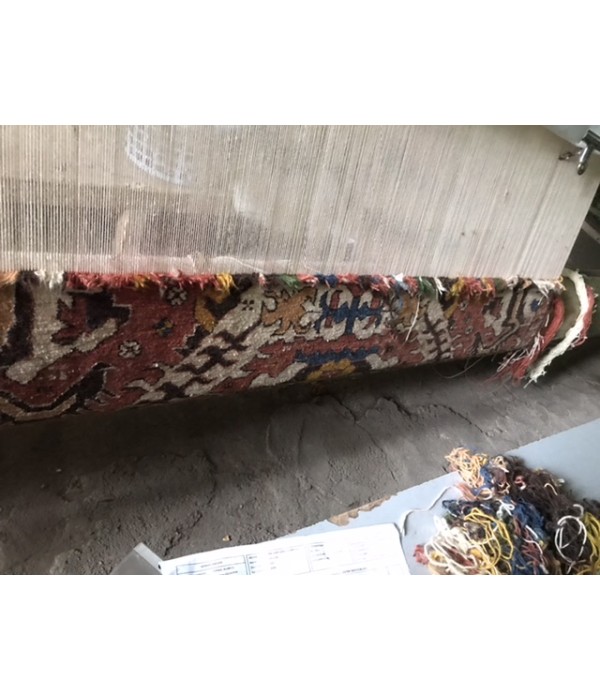
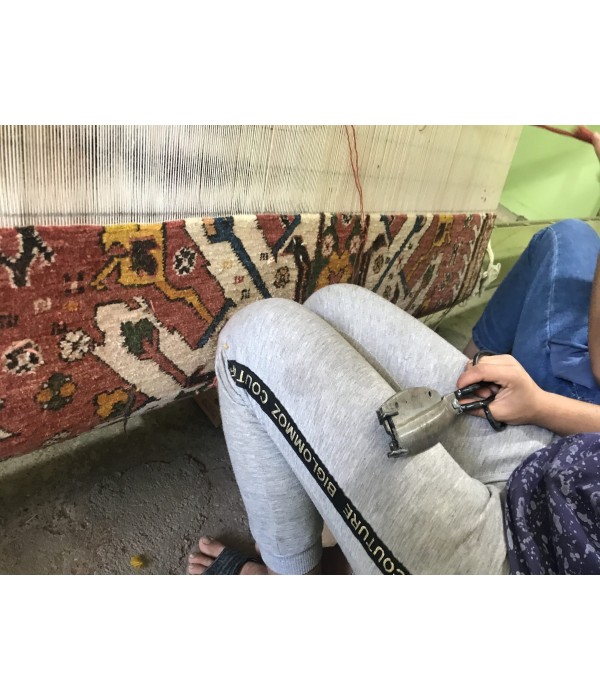
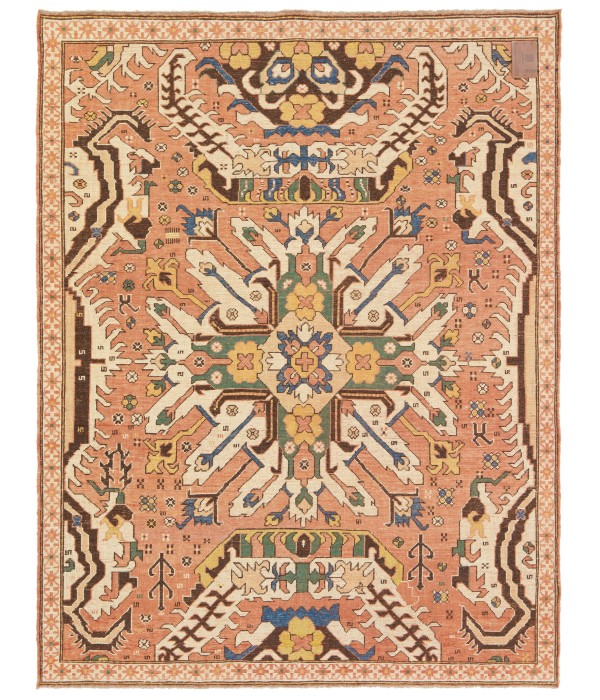
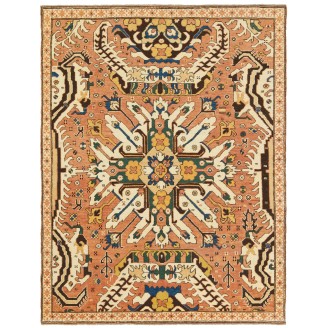
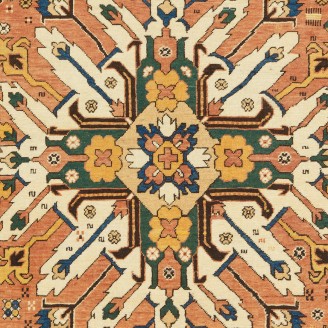
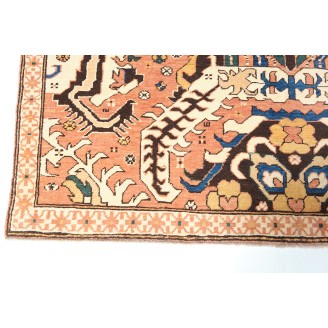
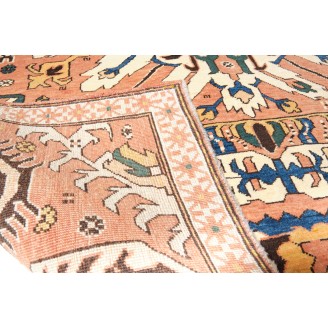
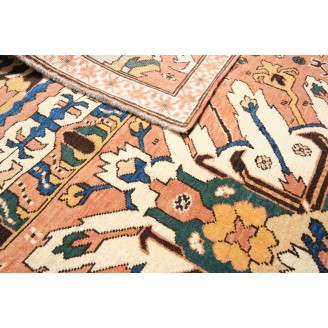
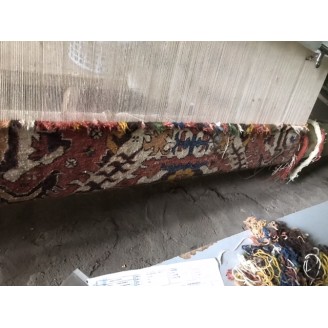
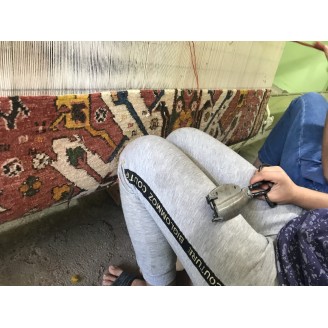
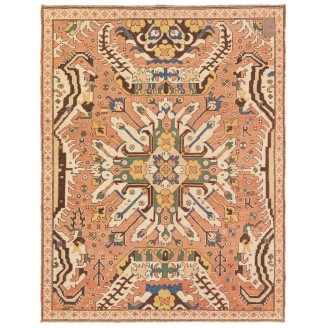
Model: ART00393Chelaberd Karabakh Rug
Group: Caucasian Rugs Family
Area: Karabagh region
Material of Pile: Natural Dyed Hand-spun Wool
Material Warp / Weft: Wool on Wool
Structure: Symmetrical knot
Knots Density: 39x39
Pile (mm): 2
Production Place: Southeastern Anatolia – Diyarbakir - Derviş Hasan
Weight: 6.50kg
Location: Tokyo
Stock: In Stock
Dimensions:
The source of the rug comes from the book Oriental Rugs Volume 1 Caucasian, Ian Bennett, Oriental Textile Press, Aberdeen 1993, nr.87-88-90. This is a large medallion rug from the late 19th century, Karabakh, Chelaberd region ( Tchelaberd, a village slightly to the southeast of Chondzoresk ), Caucasus area. At Chelaberd, carpets were manufactured according to strict regulations; and, as a result, dimensions, motifs, and borders are approximately the same throughout. This example bears large medallions on its ground; the colored features stand out well against the white ground. There has been all manner of suggestions as to the identity of this cruciform motif spiked with long-stemmed flowers: according to various traditions, it has been taken for a bird in flight, a sun flashing its beams of light, crossed swords, or even the coat of arms of a family or town. As a result, this type of carpet is habitually called an 'Eagle Kazak (Adler in German)', 'Sun or Sunburst Kazak', 'Sword', or 'Escutcheon' Carpet. A multiplicity of elements complete the decor in the field; figures, animals, flowers, rosettes, suns, and crosses. The small lozenge set in the heart of the medallion is delicately patterned with flowers in the corners and on the ground. The design of this rug is interpreted and soft colors are chosen by our designers for this rug.
Color summary: 7 colors in total, most used 4 colors are;
Color summary: 7 colors in total, most used 4 colors are;
- Dark Salmon 310 (Madders Root - Walnut Husk)
- Natural Wool Color 320 (Natural Sheep's Color)
- Burnt Coffee 102 (Natural Sheep's Color)
- Tawny Olive 538 (Dyer’s Weed - Madder Root)
Dimensions:
4 ft 2 in x 5 ft 4 in ( 127cm x 163cm )
Price:
$3,800
Ex Tax: $3,800
Ask a Question About This Product
Tags:
Chelaberd

